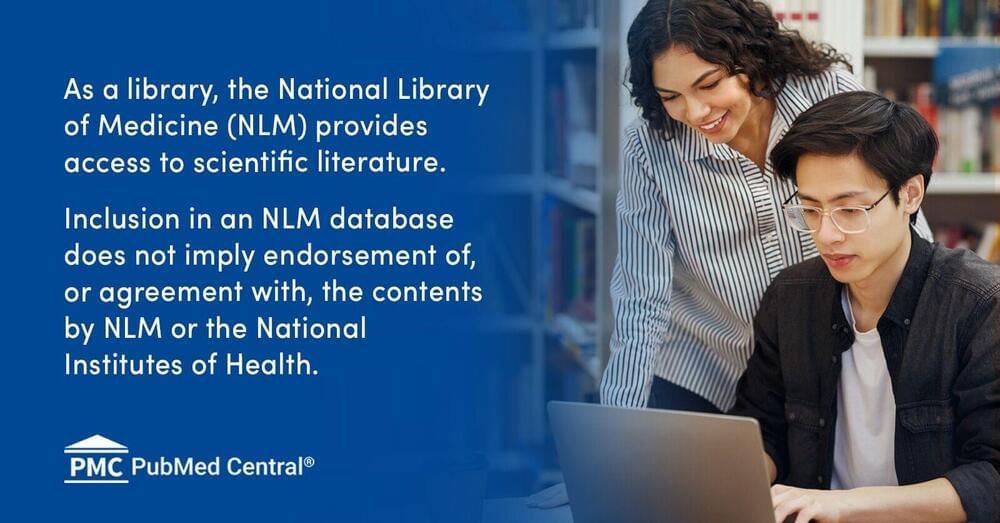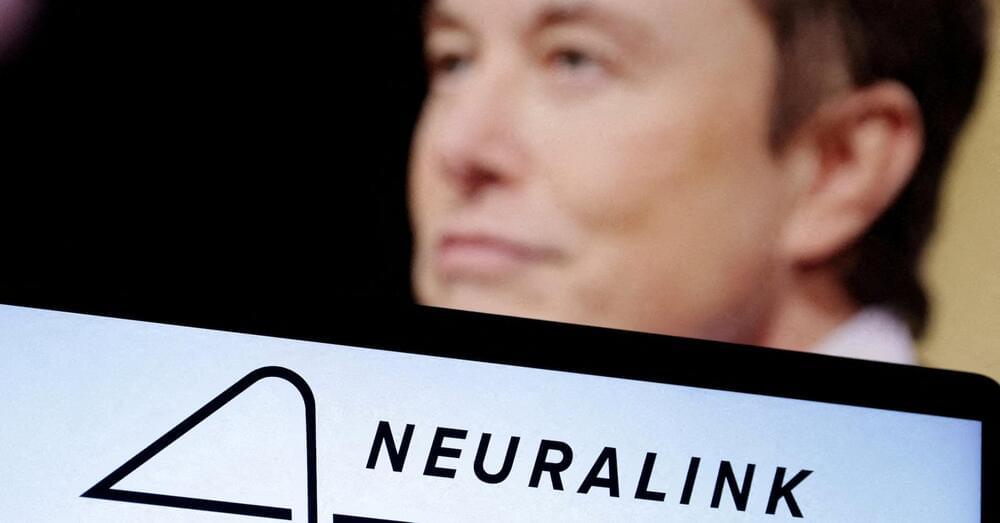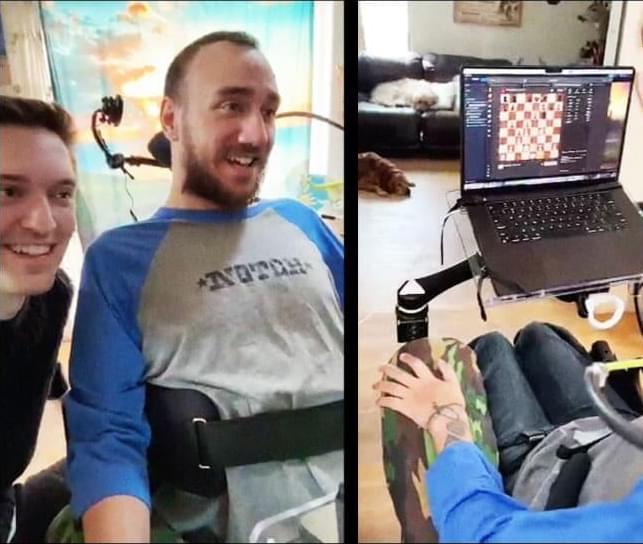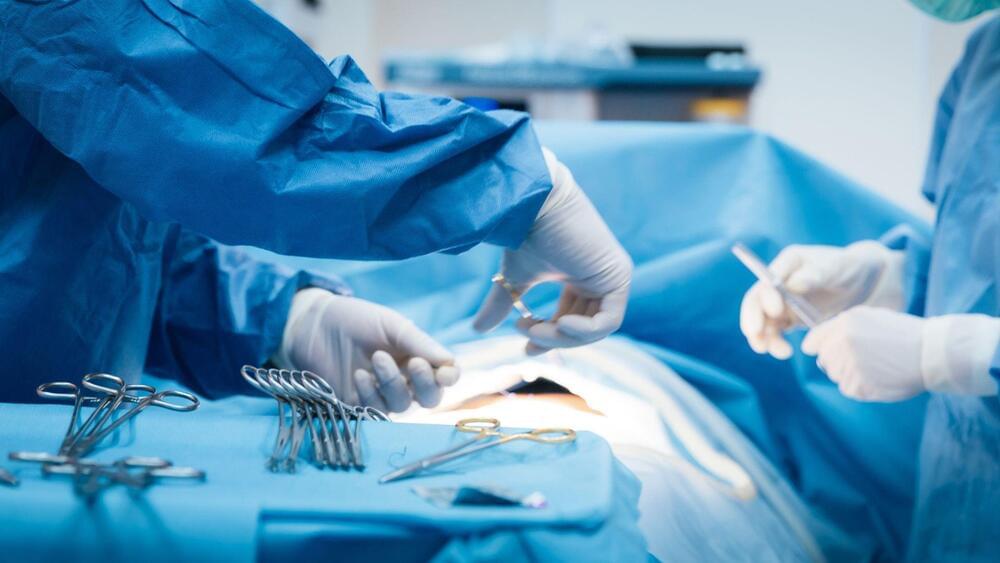Mar 21, 2024
Synaptic Plasticity Shapes Brain Connectivity: Implications for Network Topology
Posted by Dan Breeden in categories: biotech/medical, neuroscience
Studies of brain network connectivity improved understanding on brain changes and adaptation in response to different pathologies. Synaptic plasticity, the ability of neurons to modify their connections, is involved in brain network remodeling following different types of brain damage (e.g., vascular, neurodegenerative, inflammatory). Although synaptic plasticity mechanisms have been extensively elucidated, how neural plasticity can shape network organization is far from being completely understood. Similarities existing between synaptic plasticity and principles governing brain network organization could be helpful to define brain network properties and reorganization profiles after damage. In this review, we discuss how different forms of synaptic plasticity, including homeostatic and anti-homeostatic mechanisms, could be directly involved in generating specific brain network characteristics. We propose that long-term potentiation could represent the neurophysiological basis for the formation of highly connected nodes (hubs). Conversely, homeostatic plasticity may contribute to stabilize network activity preventing poor and excessive connectivity in the peripheral nodes. In addition, synaptic plasticity dysfunction may drive brain network disruption in neuropsychiatric conditions such as Alzheimer’s disease and schizophrenia. Optimal network architecture, characterized by efficient information processing and resilience, and reorganization after damage strictly depend on the balance between these forms of plasticity.
Keywords: brain networks, connectivity, synaptic plasticity, Alzheimer’s disease (AD), schizophrenia, long-term potentiation (LTP), synaptic scaling, resting state functional MRI (rs-fMRI)
















